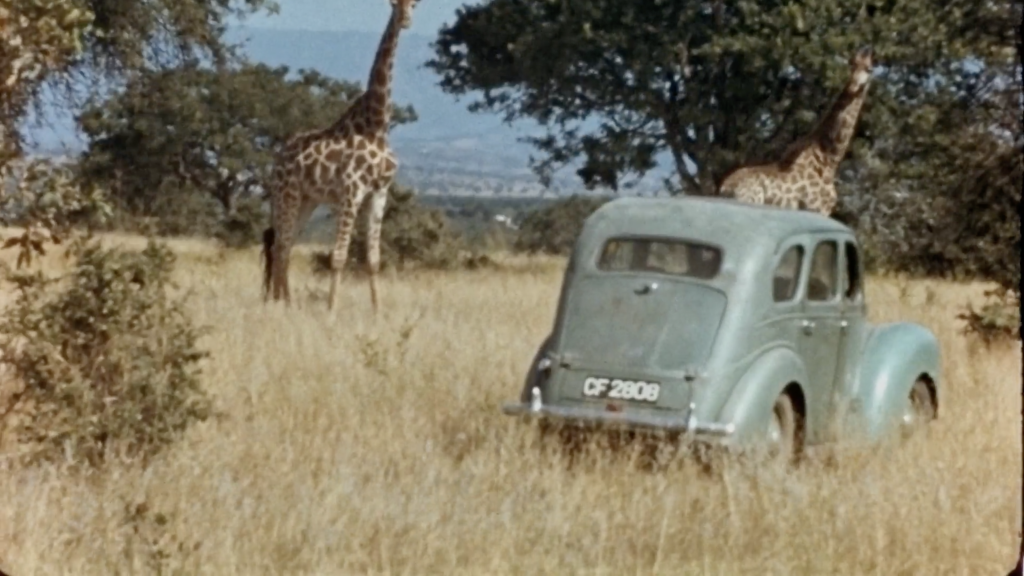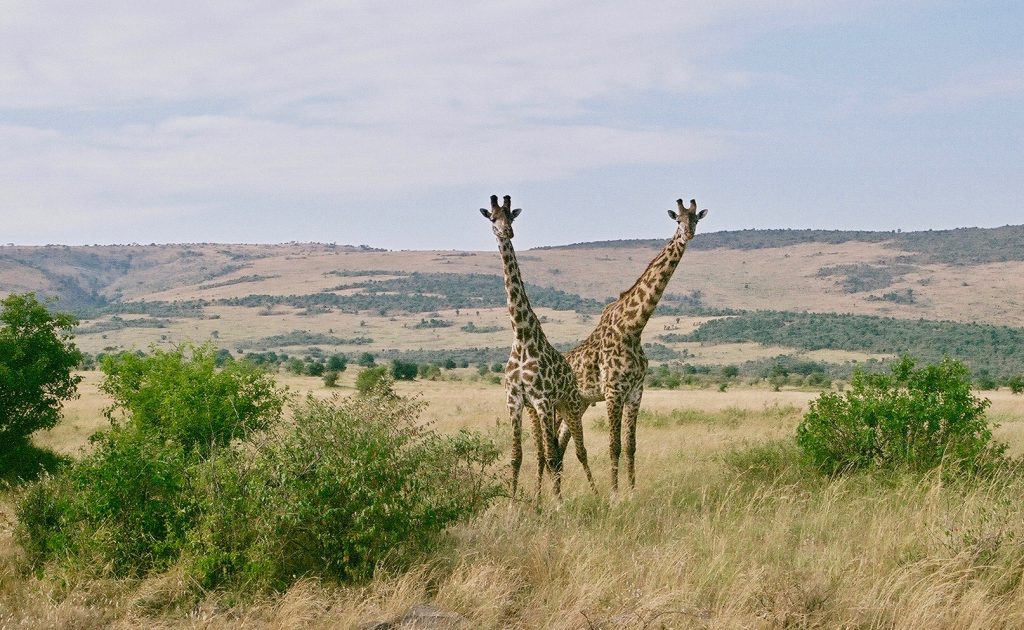The documentary The Woman Who Loves Giraffes tells the remarkable story of a remarkable Canadian woman named Anne Innis Dagg, who first became fascinated by giraffes as a young girl upon seeing them at the Chicago Zoo. Though virtually unknown—and certainly not as recognized as some of her female contemporaries including Jane Goodall and Dian Fossey—in the early 1950s Dagg was frustrated and surprised that there was very little written about the biology and behavior of giraffes. Only 23 at the time, in 1956 Dagg decided that she would have to do the research herself. She then traveled to South Africa to study giraffes in the wild.

This would have been an impressive enough feat in its own right, but is even more remarkable when we consider the social and political climate of the time. In the 1950s young women simply didn’t do that; they were supposed to get married and raise children, not head off to Africa alone to study wild giraffes.
Dagg had applied to live and study at ranches near where giraffes roamed wild, and was roundly rejected—because, you know, it’s a dangerous area and no place for a woman! Nevertheless she persisted, and eventually a South African citrus farmer named Alexander Matthew reluctantly agreed to house her. She then spent months in the field taking extensive notes about all aspects of giraffe behavior. Her research led to writing the definitive textbook about giraffes—one that is still used and taught to this day. (She and Matthew became and remained lifelong friends.)

But The Woman Who Loves Giraffes isn’t just aboutgiraffes. Dagg’s story is also told through the prism of sexism (and, to a lesser degree, racism, insofar as her research was done in Apartheid-era South Africa). Upon her return Dagg was denied tenure at the University of Guelph in 1972 despite her original research, impeccable credentials, and articles in peer-reviewed publications. One of her professors at the time is interviewed and claims—mostly unconvincingly—that there was in fact no Old Boys Club thwarting her career and that Dagg had merely given up seeking tenure too soon.
Sadly, the impediments soured Dagg on academia and she turned to other things, including raising children and writing books about sexism and feminism. (In 2019 the University of Guelph issued a formal apology to Dagg and established a research scholarship in her name to support undergraduate women studying zoology or biodiversity.)
Dagg had assumed she’d been long forgotten, but that wasn’t in fact true. With a few parallels to the documentary Searching for Sugar Man, unbeknownst to Dagg her seminal books on giraffes were still widely read and revered in the (admittedly niche) world of giraffe experts and zoologists. The last third of The Woman Who Loves Giraffes focuses onDagg’s unlikely return to both (some semblance of) recognition and the South African ranch where she did her pioneering research some half-century earlier. It’s a bittersweet return in part because the giraffe populations have since been decimated (she notes ruefully that during her years there it hadn’t occurred to her that giraffes might ever be endangered, because they were so plentiful and beautiful). The film points out that while other African animals such as gorillas, elephants, and rhinos (quite rightly) get attention and donations, giraffes for whatever reason don’t elicit quite the same sympathy from the public and wildlife organizations (the film suggests that donations can be made to her foundation).

Director Alison Reid masterfully combines archival footage and current interviews, and must have been delighted that Dagg had appeared on a 1965 episode of the game show To Tell the Truth, which opens the film. The Woman Who Loves Giraffes is a wonderful and inspiring story of a strong, fearless female scientist who led an astonishing life and contributed groundbreaking zoological research about these endangered animals. I’ll end with a photo of giraffes not far from where Dagg did her research; these are likely descended from the same animals that she studied a half-century ago.

0 Comments